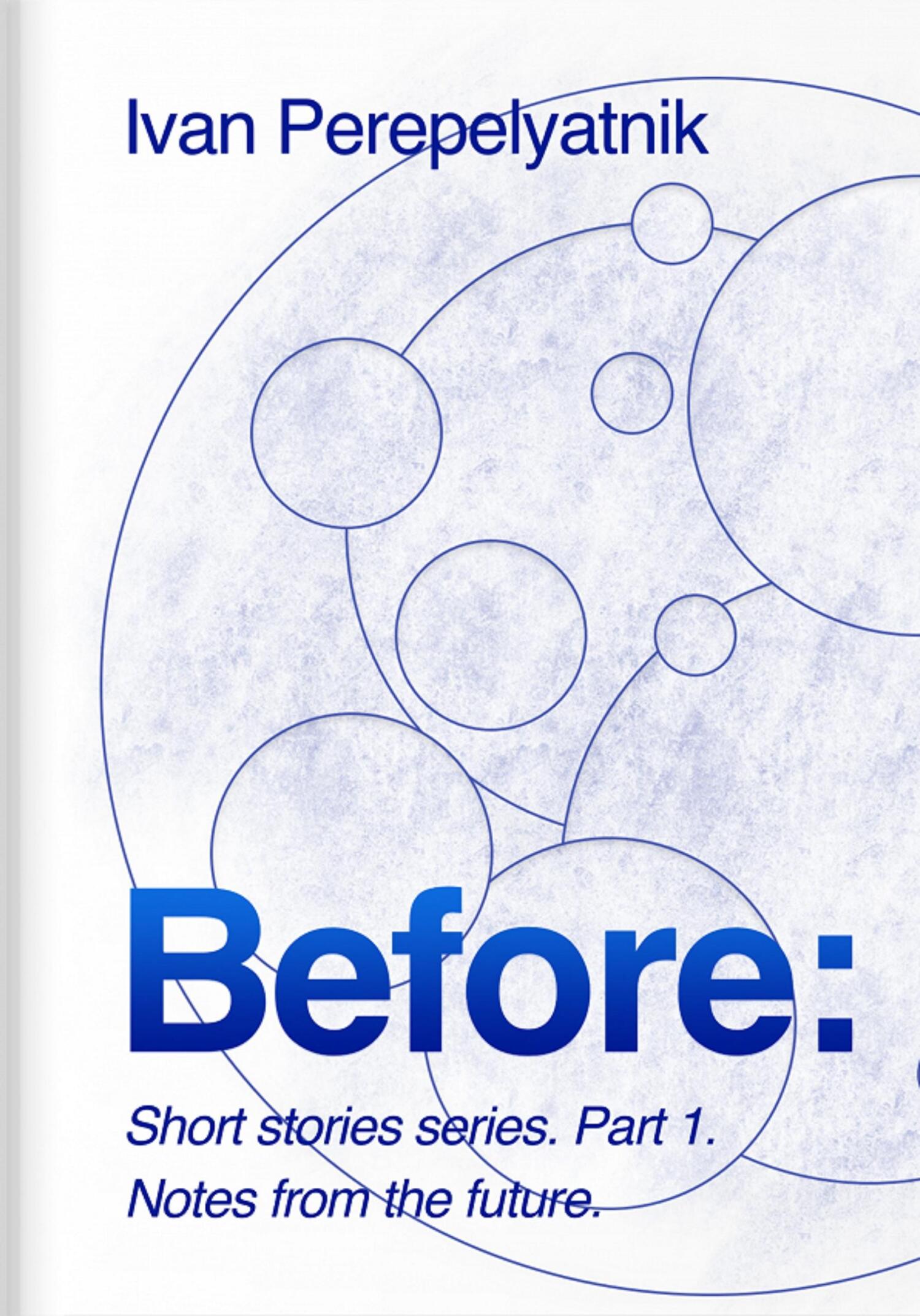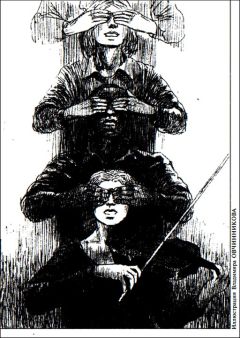the answers even without additional interpretations and study by doctors, including by those same therapists. If an indicator was still inside of the reference values, there you had the result – healthy and sound!
There were also those who thought they knew everything better on their own. They would diagnose themselves in line with the descriptions of a similar conditions on the Internet, would find a treatment program in the recommendations. It’s worth saying that such a system had a certain potential – self-healing really sometimes worked better by the will of circumstances. But unfortunately things did not always work out well. The Internet was, of course, a good and useful thing. But common knowledge had it that in that source of world wisdom there was plenty of garbage and pseudo-healers who would know everything for sure, there was more than enough of "techniques proven on thousands and thousands of patients around the world". Often self-medication, based on unverified and unprofessional recommendations would lead to sad, simply fatal results. When it became obvious that there was no way to do without specialists, the patient would turn to the doctor, but it was hardly possible if at all to help. The disease would happen to be neglected to such an extent that it was only possible to get rid of it by prayers and a miracle, and not without applying some practical scientific knowledge. Sometimes even in such situations of irresponsible neglect, it was still possible to save patients. But such cases were exceptional in a series of crippled and dead.
It was not, however, always the case that people would turn to the Internet for answers «to medical issues". At the same time, the price for professional doctors' services was not affordable to everyone. When the problem implied a long-term treatment program, such situations caused particular concern if insurance (in the early 2000s, financial coverage of certain situation risks, for example, illness, injury or death) did not cover the specific case of a patient.
A person and sometimes even a family could be completely ruined by endless bills for tests, patient care, the work of specialists and operations. Faced by such a dillemma, the choice was obvious – a patient not wealthy enough would have to borrow money, apply for a loan or hand over his fate to state-provided medical services, the practical professional level of which would often notably differ from the commercial one. Of course, there were exceptions to the rules. But unfortunately free medicine of that time would rarely align with the real needs of society.
Social inequality meant much greater opportunities for those who held the keys to all the doors. The wealthy (people who owned large assets: financial capital, real estate, such as houses, apartments, office centers, manufacturing companies, etc.) could afford to build their lives differently, providing their families with a different quality of living, and a different level of medical care. The key factor of a different way of life for well-off people, as they were still called at that time, was not so much the level of medical care. Their whole life was arranged in such a way that the very need to turn to medical services would occur much less often. Life in ecologically favourable areas of the world, better food, higher water quality standards, the opportunity to lead a healthy and rhythmic lifestyle, to travel and relax more often and more, … – all that of higher quality was available to them. The whole set of opportunities for such a small group of people in society provided a real advantage – they lived differently and at a different level.
Wealthy people would communicate with medical specialists not so much when there was an acute need for it. They would undergo regular and planned examinations. This practice corresponds to the key condition of a healthy life – timely diagnosis and prognosis of the patient's condition. The problem should be addressed even before it manifests itself – this rule No. 1 in modern medicine was available to a limited rich stratum of society and its political elite. Significantly less than 1% of people in the world could provide themselves and their loved ones with a healthy lifestyle that is accessible to everyone today.
When, nevertheless, the course of life required immediate communication with a doctor, there was no doubt who to contact how to do that. There was no reason to search for answers and recommendations on the Internet. A personal doctor was the first priority on the contact list.
Exceptional conditions of service for privileged patients was not a number one condition. The key to effective treatment was the experience of a specialist, an accurate diagnosis and the right program, high-quality medicines and that very high-tech equipment for a comprehensive examination of patients. Experience and competence were valued most of all. Precisely this was what everyone was willing to pay for. There were also private clinics unknown to general public. One would not be able to find contact details and location of such a medical institution anywhere. There was no data either in offline directories or on the Internet. Such clinics did not need advertising and a growing number of clients. The cost of their services was so high that the care for one patient would cover the budget for the construction of a small regional medical center and its operation for a year.
The location of such clinics was inaccessible to the common man. For example, one of those advanced centers was located in the Alps in Europe. One could only get to the clinic, located at an altitude of about 2000 meters, only by air by helicopter.
Such centers would employ specialists whose professional level of knowledge reached far beyond any standards. Getting getting the qualifications to work in such a clinic would take at least 20 years. Talented students would be taken notice of at the stage of application to educational institutions. Their academic success and social activity would




